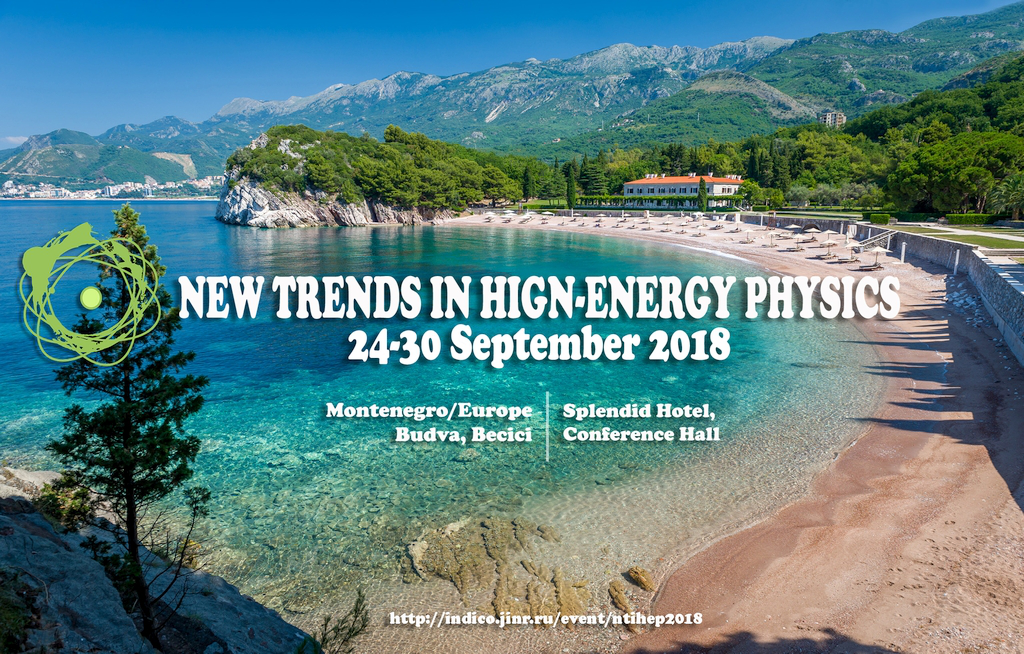Speaker
Mr
Shoichiro Nishimura
(The University of Tokyo)
Description
Muonium is a hydrogen-like atom consisting of a positive muon and an electron. It is an ideal two-body leptonic system, so it is possible to verify bound-state theory precisely. The muonium ground state hyperfine structure (HFS) can be used to extract fundamental constants: the muon-electron mass ratio and muon-proton magnetic moment ratio. In particular, muon-proton magnetic moment ratio is used to determine the experimental value of muon anomalous magnetic moment g−2, which was reported of having a discrepancy of 3.7 standard deviations between theoretical value and experimental value. Therefore, the precise muonium HFS measurement is important and necessary. The most precise measurement value of muonium HFS interval in a zero magnetic field is 4.463 302 2(14) GHz.
In the previous experiment, the statistical uncertainty was dominant. This problem was inevitable since the continuous muon beam was used. In order to improve the uncertainty of the measured value of the muonium HFS, a new experiment using the high-intensity pulsed muon beam was proposed by the MuSEUM collaboration (MuSEUM is an acronym for "Muonium Spectroscopy Experiment Using Microwave").
In addition, there is another idea to improve the uncertainty by using the new analysis method, which is named the time differential method. In this method, the time dependence of signal is directly fitted and it contains more information than the conventional method, which is called the time integral method.
Furthermore, the muonium HFS frequency is obtained from only one microwave frequency data in the time differential method while it obtained from multiple microwave frequency data in the time integral method. Therefore, the time differential method can improve the uncertainty due to the time and microwave frequency variation of the stored microwave energy. In this presentation, we will report the status of MuSEUM.
Author
Mr
Shoichiro Nishimura
(The University of Tokyo)
Co-authors
Prof.
Hiroaki Tori
(The University of Tokyo)
Prof.
Koichiro Shimomura
(KEK IMSS)
Prof.
Patrick Strasser
(KEK IMSS)
Mr
Shun Seo
(The University of Tokyo)
Dr
Sohtaro Kanda
(Riken)
Mr
Toya Tanaka
(The University of Tokyo)
Mr
Yasuhiro Ueno
(The University of Tokyo)

